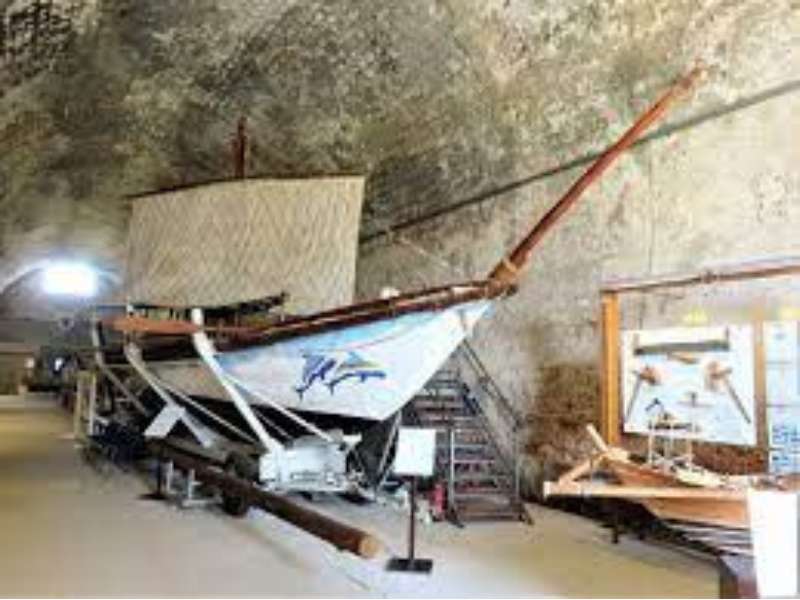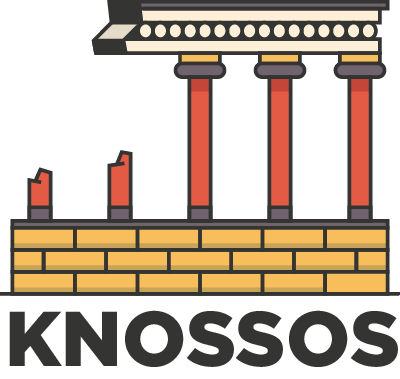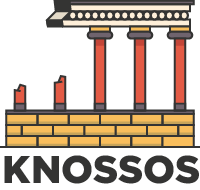Table of Contents
Introduction:
The Minoan economy thrived on the exchange of a diverse array of goods, from local Cretan specialties to exotic imports, creating a vibrant tapestry of commerce and culture.
In the Bronze Age, the Mediterranean witnessed the rise of a civilization whose mastery of the seas shaped the course of history. The Minoans, centered on the island of Crete, built a flourishing society, pivotal to which was an extensive network of trade.
Situated at the crossroads of the ancient world, they harnessed their geographical advantage to establish trade routes that connected distant lands and cultures.
The Minoan Trade Network: Mapping the Routes:
The Minoans, adept in maritime navigation, established a complex web of trade routes across the Mediterranean. Their ships, built using advanced techniques, journeyed to far-flung destinations, from the volcanic islands of the Cyclades to the ancient kingdoms of Egypt and the Levant.
Key trading centers like the palaces of Knossos and Phaistos and the settlement of Akrotiri on Thera served as bustling hubs where goods, ideas, and people converged. The Minoans expertly navigated these routes, propelled by the wind and guided by the stars, bridging continents and cultures.
Diverse Goods of Minoan Trade:
Central to the success of Minoan trade was the diversity of goods that flowed through their ports. Crete’s fertile land yielded high-quality agricultural products like olive oil and wine, which became staples of Minoan exports. Minoan pottery, particularly the exquisitely crafted Kamares ware, was sought after for its beauty and craftsmanship.
The Minoans also imported a variety of goods, including metals essential for their renowned artistic and building endeavors, as well as spices and luxury items that reflected their connections with distant lands. This vibrant trade in goods was the cornerstone of the Minoan economy, fostering wealth and cultural richness.
Economic Impact of Trade on Minoan Society:
The bustling trade of the Minoans was more than just an economic venture; it was the lifeblood of their society. The prosperity brought by trade can be seen in the grandeur of Minoan palaces and the richness of their art. Trade allowed for the accumulation of wealth, which in turn funded architectural marvels and advanced infrastructure.
The societal structure was also influenced, with a class of traders and artisans rising to prominence alongside the ruling elite. Minoan trade contributed to a stable economy, which fostered a period of peace and cultural development, evident in the elaborate frescoes and intricate jewelry that have survived the sands of time.

Social and Cultural Impacts of Minoan Trade:
The influence of Minoan trade extended beyond tangible goods to the realms of culture and ideas. As Minoan ships traversed the Mediterranean, they not only exchanged commodities but also shared knowledge, art, and religious beliefs.
This cultural exchange led to a blending of ideas, visible in the fusion of artistic styles and religious practices across the region. The spread of Minoan influence, facilitated by their trade networks, contributed to the cultural richness of the Bronze Age Mediterranean.
Decline of Minoan Trade Dominance:
The golden age of Minoan trade did not last forever. Several factors, including natural disasters such as the eruption of Thera and the rise of new powers like the Mycenaeans, contributed to the decline of Minoan dominance in the Mediterranean. The disruption of trade routes and the shifting political landscape eventually led to the decline of Minoan power, marking the end of an era in ancient maritime history.
Conclusion:
The Minoans were pioneers in ancient maritime trade, and their legacy is a testament to the power of commerce in shaping civilizations. The intricate network of trade routes they established was not just a conduit for goods, but a channel for cultural exchange and societal advancement.
The rise and fall of the Minoan economy remind us of the enduring impact of trade on the course of history, an impact that resonates through the ages.


